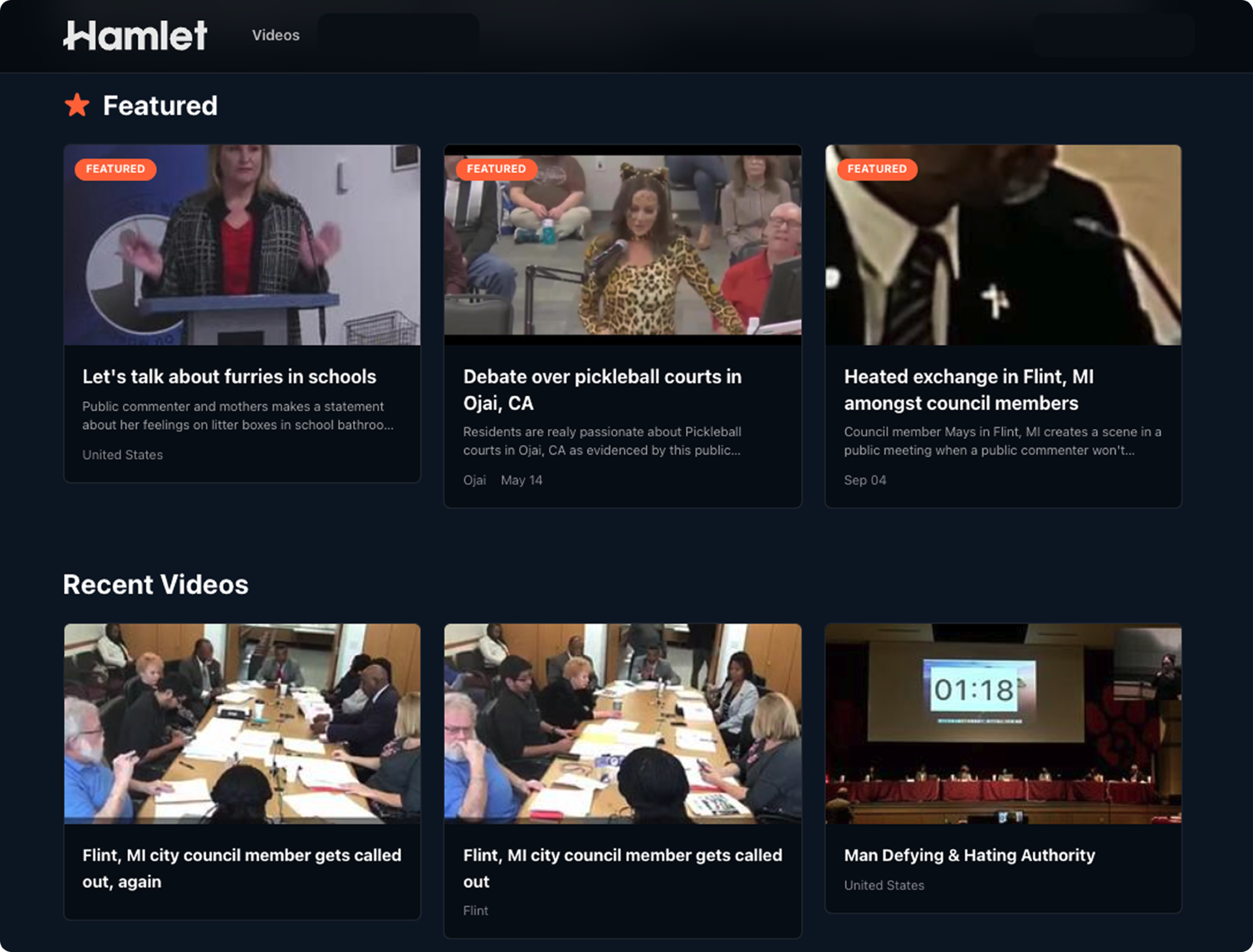
The Washington Post has officially acknowledged its status as a victim in a sophisticated cyberattack campaign targeting widely used enterprise software from Oracle. This confirmation places the venerable news organization among a growing list of entities affected by an ongoing digital extortion scheme, which has reportedly compromised sensitive data across more than a hundred businesses globally. The incident underscores the pervasive threat posed by organized cybercriminal groups to critical business infrastructure, highlighting how vulnerabilities in core enterprise applications can ripple across diverse sectors, from media and education to aviation.
The Oracle E-Business Suite Vulnerability
The current campaign centers on the exploitation of multiple critical vulnerabilities within Oracle E-Business Suite, a comprehensive collection of integrated business applications. This powerful software platform is a cornerstone for many large organizations worldwide, managing a vast array of core operational functions, including financial accounting, human resources, supply chain management, and customer relationship management. Its pervasive deployment means that a successful breach can yield access to an organization’s most sensitive internal data, ranging from employee records and payroll information to proprietary business strategies and extensive customer databases. Cybersecurity researchers from Google’s Mandiant unit were among the first to publicly detail how the Clop ransomware group was actively exploiting these weaknesses, initiating a wave of concern across industries reliant on Oracle’s solutions.
In the wake of initial reports regarding the exploitation, Oracle issued security advisories, recommending that customers apply critical patch updates to mitigate the identified vulnerabilities. These advisories serve as a vital mechanism for software vendors to communicate risks and provide solutions, but the complexity of enterprise software environments often creates a significant challenge for organizations. Deploying patches for systems as intricate as Oracle E-Business Suite typically requires rigorous testing to ensure compatibility and prevent operational disruptions, which can inadvertently create a window of opportunity for opportunistic threat actors. The incident underscores a recurring challenge in enterprise cybersecurity: the delicate balance between maintaining operational continuity and rapidly addressing newly discovered security flaws, often under immense pressure.
Clop’s Modus Operandi: A History of High-Stakes Attacks
The Clop ransomware gang, a notorious cybercriminal syndicate, has emerged as a significant force in the digital underworld, known for its aggressive data exfiltration and extortion tactics. Active for several years, Clop has consistently evolved its strategies, moving beyond mere data encryption to "double extortion"—a method where attackers not only encrypt a victim’s data but also steal sensitive information and threaten to publish it if a ransom is not paid. This tactic adds immense pressure on victims, who face not only operational disruption but also severe reputational damage, potential regulatory penalties, and a loss of public trust.
The group gained widespread notoriety through a series of high-profile attacks targeting zero-day vulnerabilities in widely used enterprise software. Notably, in 2023, Clop exploited a flaw in the MOVEit file transfer software, impacting hundreds of organizations globally and leading to a cascade of data breaches. Prior to that, in 2020-2021, the gang leveraged vulnerabilities in the Accellion File Transfer Appliance, demonstrating a consistent proficiency in identifying and exploiting weaknesses in critical software supply chains. Their current campaign against Oracle E-Business Suite aligns perfectly with this established pattern, highlighting a strategic focus on supply chain attacks where a single vulnerability can unlock access to a multitude of diverse victims, maximizing their illicit gains.
The current wave of attacks began in earnest in late September when corporate executives across various sectors started receiving menacing extortion emails. These messages, bearing hallmarks previously associated with the Clop gang, explicitly claimed that the hackers had successfully exfiltrated substantial quantities of sensitive internal business data and personal information belonging to employees from compromised Oracle systems. Initial reports from anti-ransomware firm Halcyon indicated demands as high as $50 million from one affected executive, signaling the significant financial stakes involved in these digital confrontations and the scale of the data alleged to have been compromised. Clop’s public claim on its website on Thursday, asserting it had hacked The Washington Post and that the company "ignored their security," is typical language used when a victim has not yielded to their demands. This public shaming tactic is a common pressure mechanism employed by extortion gangs to coerce payment.
The Broader Impact on Organizations and Individuals
The repercussions of such extensive data breaches extend far beyond immediate financial demands. For organizations, the costs can be astronomical, encompassing expenses for incident response, forensic investigations, system remediation, legal fees, potential regulatory fines, and extensive public relations efforts to restore trust. The reputational damage alone can have long-lasting effects, eroding customer loyalty, dampening investor confidence, and potentially impacting stock valuations. For instance, the public revelation of a breach involving a major media outlet like The Washington Post can raise profound questions about its internal security protocols and its ability to safeguard sensitive information, including journalistic sources and proprietary operational data.
Individuals whose personal data, such as names, addresses, Social Security numbers, employment histories, or financial details, are stolen face the immediate threat of identity theft, phishing scams, and other forms of sophisticated fraud. The long-term psychological impact of knowing one’s private information is in the hands of cybercriminals can also be considerable, leading to prolonged anxiety and the constant vigilance required to monitor for fraudulent activities. The disclosure that The Washington Post, a pillar of American journalism, was caught in this dragnet, alongside institutions like Harvard University and American Airlines subsidiary Envoy, underscores the indiscriminate nature of these attacks and the universal vulnerability to sophisticated cyber threats, regardless of an organization’s size, sector, or security posture.
The Growing Threat to Critical Infrastructure and Media
The targeting of diverse organizations, including a prominent news publisher, prestigious universities, and vital airline subsidiaries, highlights the escalating and increasingly indiscriminate nature of cybercriminal operations. Media organizations, in particular, present unique challenges and attractive targets for threat actors. Beyond the immediate financial incentive of a ransom, a breach at a major news outlet could potentially expose confidential sources, interfere with journalistic operations, compromise sensitive internal communications, or even be leveraged for disinformation campaigns, thereby impacting public discourse and democratic processes. While specific details regarding the data compromised at The Washington Post remain undisclosed, the potential implications for source protection and editorial independence are a constant concern in the cybersecurity landscape for media entities.
The "name and shame" tactic employed by Clop, as observed with The Washington Post’s inclusion on their dark web leak site, serves as a powerful pressure mechanism. This strategy is typically deployed when a victim has either refused to negotiate a ransom payment or when negotiations have reached an impasse. By publicly exposing the breach and potentially leaking stolen data, the attackers aim to inflict severe reputational damage and coerce organizations into complying with their demands, leveraging the fear of public exposure, regulatory scrutiny, and the erosion of stakeholder trust. This tactic reflects a broader shift in cyber extortion, where the public disclosure of a breach becomes a weapon itself, amplifying the pressure on victims to pay.
Navigating the Aftermath: Cybersecurity Challenges and Vendor Responsibility
The ongoing Oracle E-Business Suite campaign serves as a stark reminder of the complex challenges organizations face in securing their digital ecosystems. The interconnectedness of modern business operations means that vulnerabilities in third-party software can create systemic risks, transforming a single flaw into a widespread crisis that affects numerous entities simultaneously. This incident underscores the critical importance of robust vendor risk management, where organizations must meticulously vet the security practices of their software providers and ensure the timely application of patches and updates across their entire IT infrastructure.
For software companies like Oracle, maintaining the security integrity of their widely deployed enterprise software is paramount. Their response to such vulnerabilities, including prompt disclosure and effective patching, is crucial in protecting their vast customer base. However, the ultimate responsibility for implementing these security measures often falls on the customer organizations themselves, requiring dedicated cybersecurity teams, significant investment in proactive defense strategies, and continuous employee training. Expert commentary frequently points to the need for a multi-layered security approach, encompassing everything from advanced threat detection and prevention systems to comprehensive incident response plans and regular security audits. The incident also highlights the evolving nature of cyber warfare, where sophisticated criminal groups and even nation-state actors are increasingly targeting the foundational software that underpins global commerce and governance. This trend necessitates a collaborative approach between government agencies, cybersecurity firms, and private sector organizations to share threat intelligence and develop collective defense mechanisms against these persistent and adaptive adversaries.
Conclusion and Outlook
As organizations continue to grapple with the aftermath of the Oracle E-Business Suite breaches, the incident serves as a critical case study in the relentless cat-and-mouse game between cybercriminals and cybersecurity professionals. The confirmation from The Washington Post adds another high-profile name to Clop’s growing list of victims, reinforcing the urgency for all enterprises to review their patch management protocols, enhance their incident response capabilities, and continually adapt their defenses to counter the ever-evolving landscape of cyber threats. The digital security of global institutions remains a dynamic and increasingly critical frontier, demanding unwavering vigilance and strategic investment to protect sensitive data and maintain operational resilience in an interconnected world.





